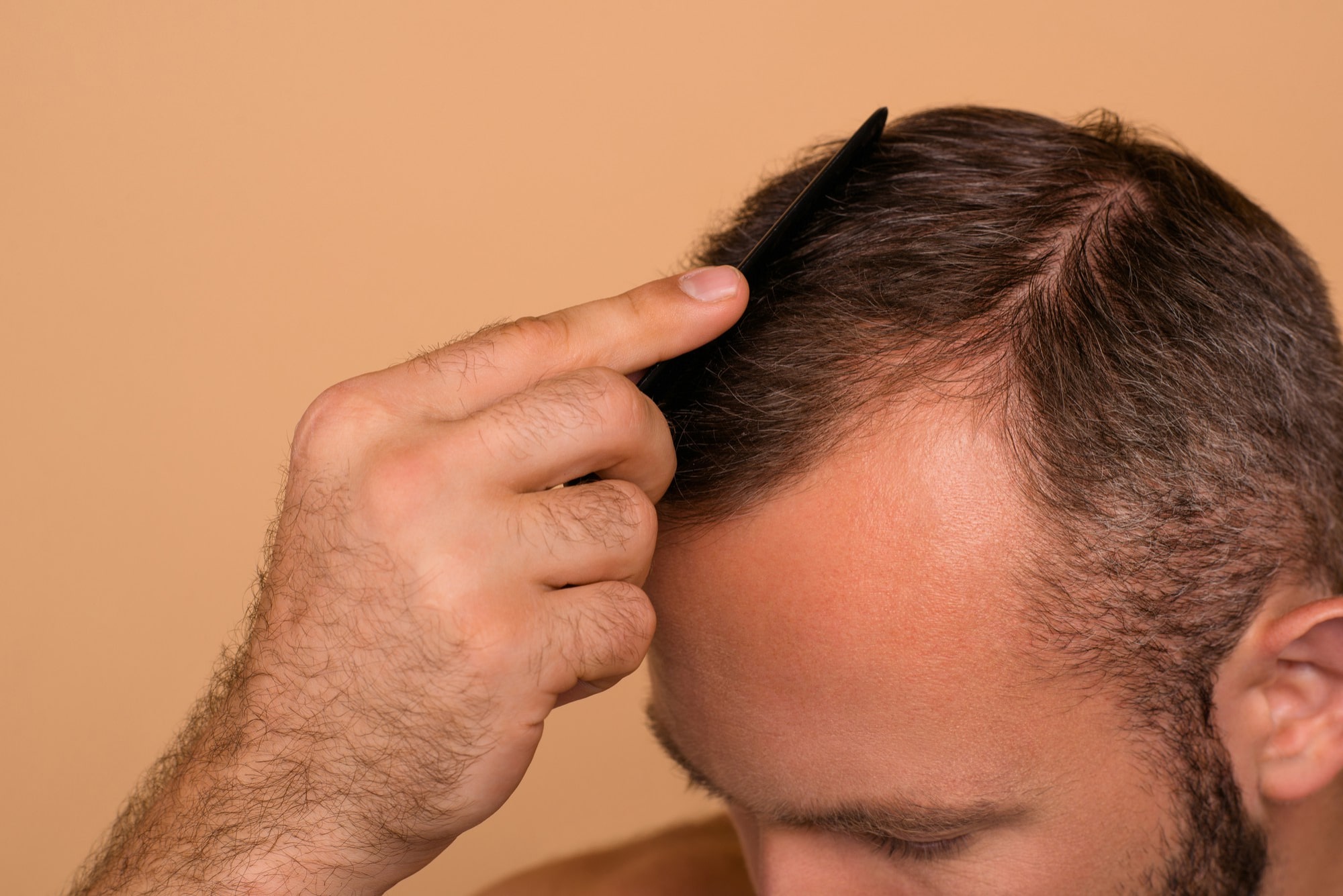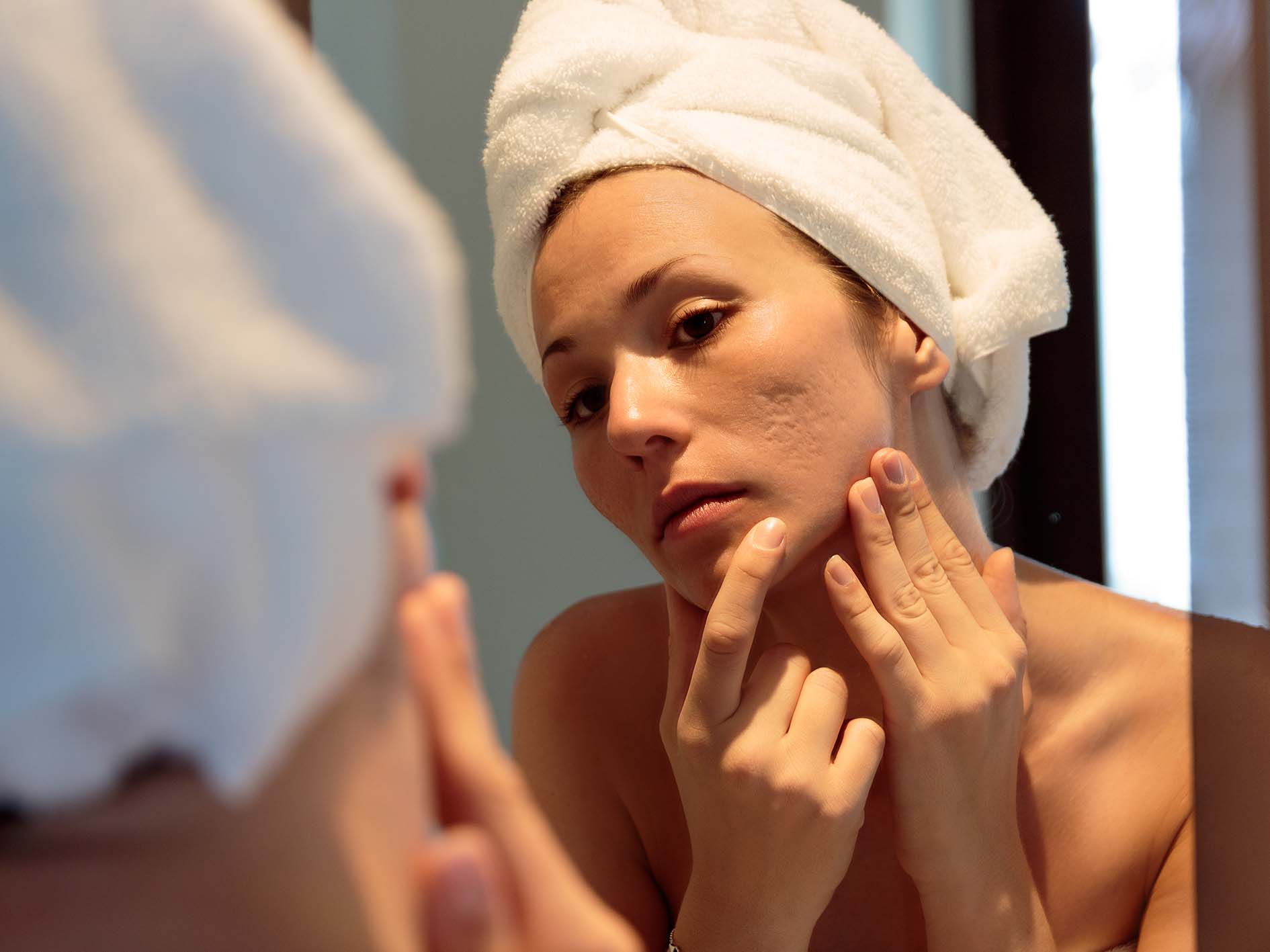What are Burns and Scalds
A burn is caused by dry heat – by an iron or fire, for example. A scald is caused by something wet, such as hot water or steam. The amount of pain you feel isn’t always related to how serious the burn is. Even a very serious burn may be relatively painless.
First aid:
- immediately get the person away from the heat source to stop the burning
- cool the burn with normal running water for 20 minutes – don’t use ice, iced water, or any creams or greasy substances such as butter
- remove any clothing or jewellery that’s near the burnt area of skin, including babies’ nappies – but don’t move anything that’s stuck to the skin
- cover the burn by placing a layer of cling film over it if available – a clean plastic bag could also be used for burns on your hand
- use painkillers such as paracetamol or ibuprofen to treat any pain
- if the face or eyes are burnt, sit up as much as possible, rather than lying down – this helps to reduce swelling
When to get Medical Help ?
All chemical and electrical burns :they can affect the inside of the body, even if skin damage is minor.
- large or deep burns – any burn bigger than your hand
- burns that cause white or charred skin – any size
- burns on the face, hands, arms, feet, legs or genitals that cause blisters
- If someone has breathed in smoke or fumes, they should also seek medical attention.
- People at greater risk from the effects of burns, such as children under five years old and pregnant women, should also get medical attention after a burn or scald.
Burn levels
- First-degree burns: your skin will be red, slightly swollen and painful, but not blistered
- Second-degree burns:
- superficial burn – your skin will be pale pink and painful, and there may be small blisters
- deep burn – your skin turn red and blotchy; may be dry or moist, and become swollen and blistered, and it may be very painful or painless
- Third-degree burns: full thickness burn – the skin is often burnt away and the tissue underneath may appear pale or blackened, with no blisters, and the texture of the skin may also be leathery or waxy
- Fourth-degree burns.This extends beyond the skin into tendons and bones.
First-degree burn
First-degree burns usually heal within 7 to 10 days without scarring.
First-degree burns are usually treated with home care. Healing time may be quicker the sooner you treat the burn. Treatments for a first-degree burn include:
- soaking the wound in cool water for five minutes or longer
- taking acetaminophen or ibuprofen for pain relief
- applying lidocaine (an anesthetic) with aloe vera gel or cream to soothe the skin
- using an antibiotic ointment and loose gauze to protect the affected area
Make sure you don’t use ice, as this may make the damage worse. Never apply cotton balls to a burn because the small fibers can stick to the injury and increase the risk of infection. Also, avoid home remedies like butter and eggs as these are not proven to be effective.
You should still see your doctor if the burn affects a large area of skin, more than three inches, and if it’s on your face or a major joint
Second-degree burn
Due to the delicate nature of these wounds, keeping the area clean and bandaging it properly is required to prevent infection. This also helps the burn heal quicker.
Some second-degree burns take longer than three weeks to heal, but most heal within two to three weeks without scarring, but often with pigment changes to the skin.
The worse the blisters are, the longer the burn will take to heal. In some severe cases, skin grafting is required to fix the damage. Skin grafting takes healthy skin from another area of the body and moves it to the site of the burned skin.
Third-degree burn
There is a misconception that third-degree burns are the most painful. However, with this type of burn the damage is so extensive that there may not be any pain because of nerve damage.
Without surgery, these wounds heal with severe scarring and contracture. There is no set timeline for complete spontaneous healing for third-degree burns.
Never attempt to self-treat a third-degree burn. While you’re waiting for medical treatment, raise the injury above your heart. Don’t get undressed, but make sure no clothing is stuck to the burn.
Patients may require:
- surgery
- physical therapy
- rehabilitation
- lifelong assisted care
It’s important to gain adequate physical treatment for burns, but don’t forget to find help for your emotional needs. There are support groups available for people who have experienced severe burns, as well as certified counselors.
Complications
Compared with first- and second-degree burns, third-degree burns carry the most risk for complications, such as infections, blood loss, and shock, which is often what could lead to death. At the same time, all burns carry the risk of infections because bacteria can enter broken skin.
Tetanus is another possible complication with burns of all levels. Like sepsis, tetanus is a bacterial infection. It affects the nervous system, eventually leading to problems with muscle contractions. As a rule of thumb, every member of your household should receive updated tetanus shots every 10 years to prevent this type of infection.
Dangerously low body temperatures characterize hypothermia. Hypovolemia, or low blood volume, occurs when your body loses too much fluid from a burn.
Chemical burns: First aid
Chemical burns can be caused by many substances, such as strong acids, drain cleaners (lye), paint thinner and gasoline As with some sunburns, the pain and redness may develop hours after the exposure.
Seek immediate care for a chemical burn in which the burn:
- Is deep
- Covers an area larger than 3 inches (about 8 centimeters) in diameter
- Covers the hands, feet, face, groin, buttocks or a major joint
If you seek emergency medical help, take the chemical container or the name of the chemical with you to the emergency department.
If you think you have a chemical burn, take these steps immediately:
- Remove the cause of the burn. Flush the chemical off the skin with cool running water for at least 10 minutes. For dry chemicals, brush off any remaining material before flushing. Wear gloves or use a towel or other suitable object, such as a brush.
- Remove clothing or jewelry that has been contaminated by the chemical.
- Bandage the burn. Cover the burn with a sterile gauze bandage (not fluffy cotton) or a clean cloth. Wrap it loosely to avoid putting pressure on burned skin.
- Flush again if needed. If you experience increased burning after the initial flushing, flush the burn area with water again for several more minutes.
Electrical burns: First aid
Any person who has been injured by contact with electricity should be seen by a doctor. Sometimes an electrical injury can cause damage to internal tissues, usually in an arm or a leg. The damage may be worse than one would expect from the burn on the skin.
Caution
- Don’t touch the injured person if he or she is still in contact with the electrical current.
- Call your local emergency number if the source of the burn is a high-voltage wire or lightning. Don’t get near high-voltage wires until the power is turned off. Overhead power lines usually aren’t insulated. Stay at least 20 feet (about 6 meters) away — farther if wires are jumping and sparking.
- Don’t move a person with an electrical injury unless the person is in immediate danger.
Take these actions immediately while waiting for medical help:
- Turn off the source of electricity if possible. If not, move the source away from both you and the injured person using a dry, nonconducting object made of cardboard, plastic or wood.
- Begin CPR if the person shows no signs of circulation, such as breathing, coughing or movement.
- Try to prevent the injured person from becoming chilled.
- Apply a bandage. Cover any burned areas with a sterile gauze bandage, if available, or a clean cloth. Don’t use a blanket or towel, because loose fibers can stick to the burns.
Preventing all degrees of burns
The obvious best way to fight burns is to prevent them from happening. Certain jobs put you at a greater risk for burns, but the fact is that most burns happen at home. Infants and young children are the most vulnerable to burns. Preventive measures you can take at home include:
- Keep children out of the kitchen while cooking.
- Turn pot handles toward the back of the stove.
- Place a fire extinguisher in or near the kitchen.
- Test smoke detectors once a month.
- Replace smoke detectors every 10 years.
- Keep the water heater temperature under 120 degrees Fahrenheit.
- Measure bath water temperature before use.
- Lock up matches and lighters.
- Install electrical outlet covers.
- Check and discard electrical cords with exposed wires.
- Keep chemicals out of reach, and wear gloves during chemical use.
- Ensure all smoking products are stubbed out completely.
- Clean out dryer lint traps regularly.
It’s also important to have a fire escape plan and to practice it with your family once a month. In the event of a fire, make sure to crawl underneath smoke. This will minimize the risk of passing out and becoming trapped in a fire.








